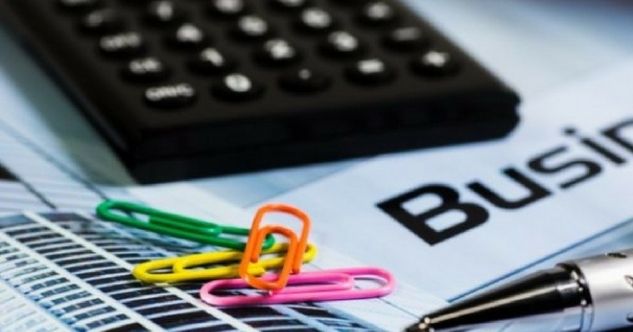
Budget 2022 Tax Implications
The Federal Budget was handed down by the Treasurer on the 29th of March 2022. From a tax perspective, the key points are set out below.
The Budget was earlier than normal this year due to the Federal Election, and being an election year budget, spending measures made the headlines. There is not a lot of tax changes of note this year, however there are likely to be announcements in the run up to the election.
As always, please remember these are merely announcements, none of these have been passed through parliament and may never actually be so.
Individuals
The Low- and Middle-Income Tax Offset of $1,080 will be increased by a further $420 for the 2021/22 financial year. This means individuals with income of up to $126,000 will get some tax relief, the amount however varies with the level of income.
The cost of taking Covid-19 tests to attend a place of work will be tax deductible from 1st July 2021. So, hang onto those receipts.
Business
Training Boost – For business with less than $50m turnover, eligible expenditure on external training courses provided to employees from 29th March 2022 to 30th June 2024 will be eligible for an additional 20% tax deduction. The external training courses will need to be provided to employees in Australia or online and delivered by entities registered in Australia. For example, if $1,000 is spent on eligible turnover, instead of claiming a $1,000 tax deduction, the business will claim $1,000 + 20% = $1,200. For a company on the 25% tax rate, the additional $200 deduction results in a $50 tax saving.
Technology Boost – Again for business with up to $50m turnover, a 20% additional tax deduction is available for expenditure that supports their digital adoption (e.g., portable payment devices, cyber security, subscriptions to cloud based services). This only applies to expenditure between 29th March 2022 and 30th June 2023, with a maximum eligible expenditure limit of $100,000.
Fringe benefits tax will not be payable on the provision of Covid-19 tests to employees who need to be tested in order to attend their workplace.
There are also some changes to how the quarterly PAYG instalments are calculated. However, this doesn’t change the amount of tax that gets paid, just the timing, so is hardly worth discussing.
Superannuation
As previously legislated, the $450 per month threshold, below which employers did not have to pay superannuation for their employees, has been removed.
The 50% reduction in minimum pension draw down rates has been extended to 30th June 2023.
If you have any queries, please email: admin@patrickrowan.com.au and we will be in touch, alternatively, contact your Accountant directly.
Patrick Rowan & Associates




Find us elsewhere